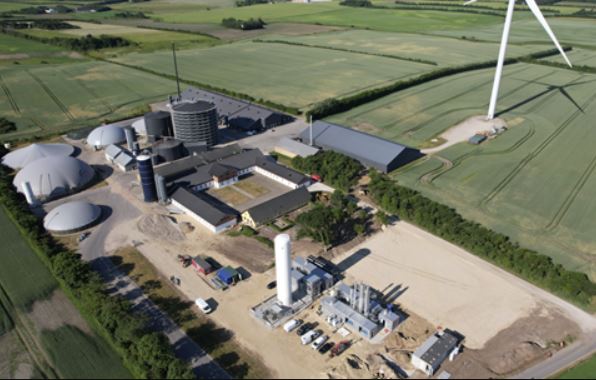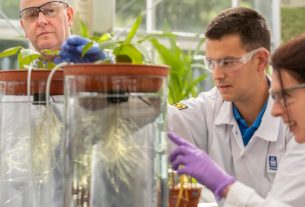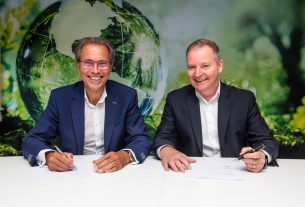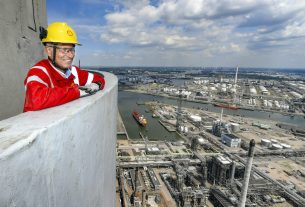Denmark – Wärtsilä has engineered, delivered, and installed a new biogas liquefaction plant in Hjørring, Denmark. The plant, which is owned and operated by GrønGas A/S, has an annual production capacity of more than 6,200 tons of bioLNG.
BioLNG is a renewable fuel that is produced by liquefying biogas. Biogas is a methane-rich gas that is produced from the decomposition of organic matter. It can be produced from a variety of sources, including agricultural waste, manure, and municipal solid waste.
The Hjørring plant will use manure-based biogas as its feedstock. The biogas will be upgraded using Wärtsilä’s Puregas CA technology to remove impurities, such as carbon dioxide and water vapor. The upgraded biogas will then be liquefied using Wärtsilä’s Mixed Refrigerant (MR) technology.
The liquefied bioLNG will be stored in a 250 m3 storage tank and then exported to tank trucks for distribution. The bioLNG can be used as a fuel for heavy-duty vehicles, such as trucks and buses. It can also be used as a feedstock for the production of synthetic methane.
Net-zero emissions country
The Hjørring plant is expected to reduce CO2 emissions by approximately 41,000 tons per year when compared to using natural gas. It will also help Denmark to achieve its goal of becoming a net-zero emissions country by 2050.
The Hjørring plant is one of the largest biogas liquefaction plants in Europe. It is also one of the most efficient plants, with an exceptionally low power consumption. The plant is a sign of Denmark’s commitment to renewable energy and its goal of becoming a net-zero emissions country.
The new biogas liquefaction plant in Hjørring, Denmark is a significant development in the renewable energy sector. The plant will help to reduce CO2 emissions, create jobs, and boost the local economy. It is a sign of Denmark’s commitment to renewable energy and its goal of becoming a net-zero emissions country.




